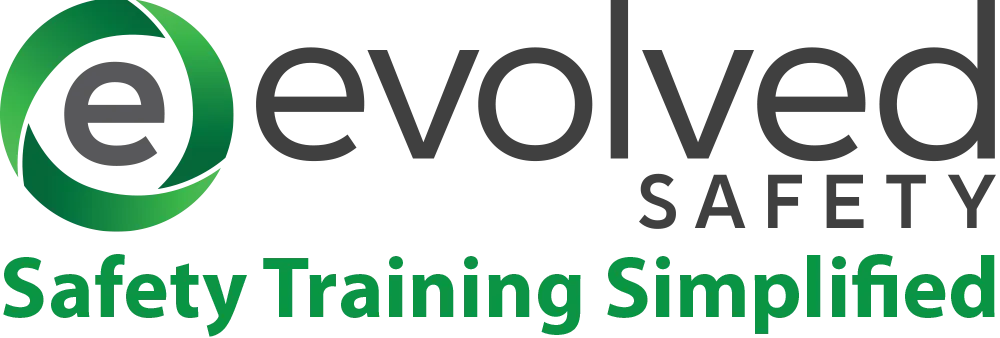The 2016 presidential election will soon be upon us, and that got us thinking… Will this have an impact on those of us in the safety space? So we did a little digging and gathered some information that we think will help give you a bigger picture of what lies ahead for you and your workers.

The subject of worker health and safety falls under the Unions and Labor debate, which unfortunately is not a high-ranking issue facing the upcoming presidential election. Though new proposals are often given priority by OSHA, safety and health professionals know those rules also face the most opposition when it comes to being implemented. Therefore, the amount of attention our next president puts towards workers’ rights will impact the search for solutions on many key issues still facing workers.
There have been major gains in protecting workers over the past eight years, including OSHA’s new silica standard and improved confined space standards, as well as several changes already in progress. In an article from Laborers’ Health and Safety Fund of North America (https://www.lhsfna.org/index.cfm/lifelines/august-2016/key-health-safety-issues-heading-into-the-election/ ), the author discusses current and future initiatives that are in the pipeline for completion during the next presidential term.
Current/Unfinished Initiatives Include:
- Injury and Illness Prevention Programs: OSHA’s lack of resources and other priority standards have left this rule requiring illness and injury prevention programs (IIPPs) incomplete for now.
- Chemical Hazards: Outdated permissible exposure limits (PELs) may be too big for OSHA to solve and could require Congress involvement.
- Infectious Diseases: Though some progress is being made by OSHA, some states and organizations are forging their own path forward on this issue.
- Combustible Dust: Similar to infectious disease, rule-making process has begun, but no final standard is expected anytime soon.
Future Initiatives Include:
- Workplace Violence: States like New York and California are working to solve this problem, but federal regulations should be a top priority for the next administration.
- Healthcare: The Affordable Care Act will either be improved or repealed.
- Preventing Backovers and Runovers: Already in effect in Washington and Virginia, this OSHA proposal to become a national standard aims to prevent backovers by requiring rearview cameras, radar systems and/or spotters.
- Safety for Tunnel Workers: To avoid using outdated OSHA decompression tables, current workers using compressed air have to apply for a variance. Phase IV of the Standards Improvement Project should correct this issue before the end of 2016.
- Harmful Exposure to Noise: To make the overexposed noise standard for construction workers more adequate, combining a hearing conservation program with task-based exposure controls could help address this chronic issue.
From what we’ve gathered regarding the Unions and Labor debate (https://www.crowdpac.com/issues/unions-and-labor), the Democratic Party believes labor laws should be modernized to keep pace with changes in our economy, supporting the adoption and enforcement of comprehensive safety standards. Whereas the Republican Party salutes states who have reformed their laws governing public employee unions and supports a National Right-To-Work law. The Party opposes OSHA’s overreaching regulation agenda.
It’s hard to say how these initiatives will specifically be influenced by the elections’ outcome, but regardless of who is next up in the oval office, let’s hope they place strong emphasis on the safety and health of this nation’s workers.
Do you have any thoughts on how the election will affect worker health and safety? Comment below.
